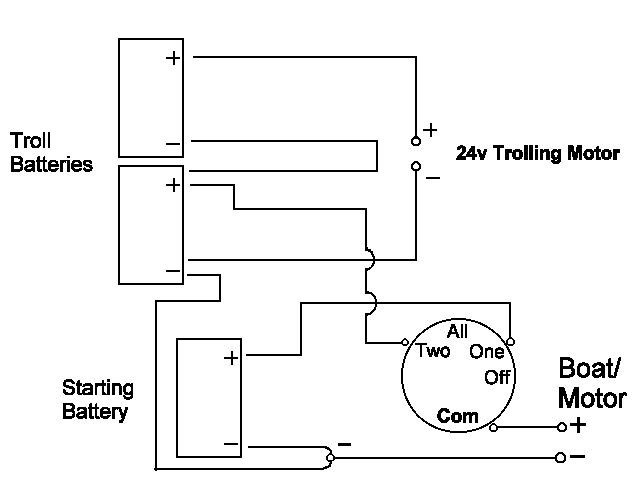I haven't had to do this yet, but if I needed to jump start my 12 volt engine battery using one of the two 12 volt trolling motor batteries wired in series, can I do this without disconnecting the TM battery terminals? I read somewhere something about using high-side or low-side but I can't find anything definitive on the internet, and don't know which is which. I'm hoping someone here knows.
I'd prefer not to have to disconnect the terminals, but I would unplug the trolling motor at the bow.
I did have to jump start once due to an electrical system fault (blown fuse on the motor) which is fixed, but I disconnected the TM battery first, and it was a real pain on the water.




 Reply With Quote
Reply With Quote


